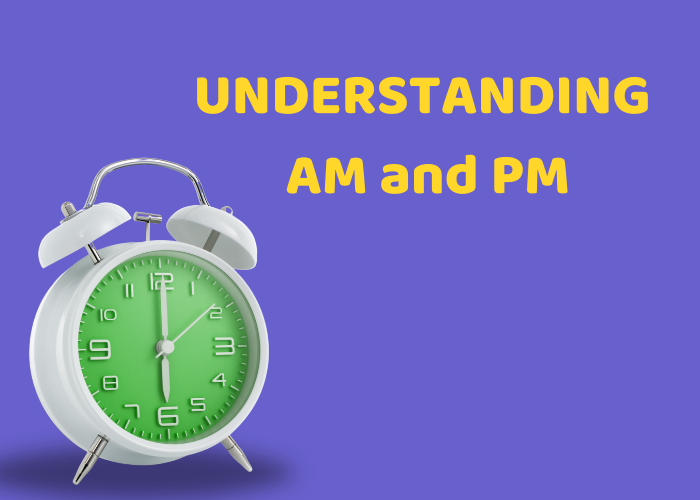Understanding AM and PM: A Guide to Time Notation in English
In the realm of English grammar, mastering the nuances of time notation is crucial for effective communication. Two common terms you’ll encounter are “AM” and “PM,” which denote different periods of the day. Whether you’re learning English as a second language, studying for the IELTS exam, or simply seeking clarity on this topic, understanding the difference between AM and PM is essential. Let’s delve into the intricacies of these terms and how they shape our perception of time.
What do AM and PM stand for?
AM and PM are abbreviations derived from Latin phrases:
– AM stands for “ante meridiem,” which translates to “before noon.”
– PM stands for “post meridiem,” meaning “after noon.”
These terms help specify whether an event, appointment, or activity occurs in the morning or afternoon/evening.
AM: The Morning Hours
In English grammar, AM refers to the time between midnight (12:00 AM) and noon (11:59 AM). This period encompasses the early hours of the day, from the moment midnight strikes until the clock strikes twelve at noon. For example:
– 7:00 AM denotes 7 o’clock in the morning.
– 10:30 AM signifies half past ten in the morning.
PM: The Afternoon and Evening Hours
Conversely, PM covers the time from noon (12:00 PM) to midnight (11:59 PM). It includes the latter half of the day, from noon onwards, extending into the evening and nighttime hours. Examples include:
– 1:45 PM indicates a quarter to two in the afternoon.
– 8:00 PM denotes eight o’clock in the evening.
Usage and Application in English Grammar
Understanding AM and PM is crucial for clear communication in various contexts, including everyday conversations, scheduling appointments, and writing formal documents. When expressing time, it’s essential to specify whether the event occurs in the morning or afternoon/evening by using AM or PM accordingly.
For instance, in a sentence like “The meeting is scheduled for 10:00 AM,” the term “AM” clarifies that the meeting takes place in the morning. Conversely, “The concert starts at 7:30 PM” indicates an evening event.
Relevance to English Learning and IELTS Preparation
For English language learners, mastering time notation, including AM and PM, is integral to achieving proficiency in the language. Understanding these terms is especially crucial for those preparing for exams like the IELTS, where clear and accurate communication is essential.
In conclusion, AM and PM serve as vital markers of time in English grammar, distinguishing between morning and afternoon/evening hours. Whether you’re learning English as a second language or preparing for language proficiency exams like the IELTS, mastering the usage of AM and PM will enhance your language skills and facilitate effective communication.






